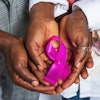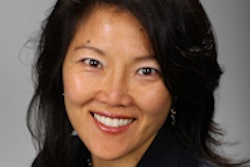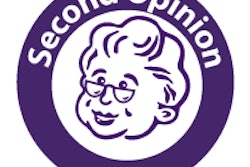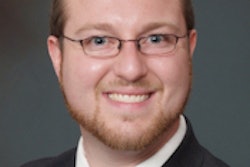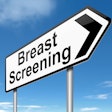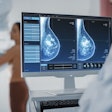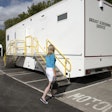In a study that confirms recent findings, researchers from Johns Hopkins University found that mammography screening rates have changed little among women in their 40s despite guideline changes by the U.S. Preventive Services Task Force (USPSTF). Study results were published May 15 in the Journal of General Internal Medicine.
The research team led by Dr. Lauren Block compared mammography screening rates in women of different age groups before and after the USPSTF's controversial decision to change its guidance in 2009. The task force rescinded its guidelines that women in their 40s receive regular screening, instead advising that they consult with their physicians.
The researchers based their study on responses to the Behavioral Risk Factor Surveillance System (BRFSS) survey, a telephone survey of health behaviors in U.S. adults ages 18 and older, analyzing responses in 2006, 2008, and 2010. In all, the study covered 484,296 responses from women ages 40 to 74 over the three years of the research period (J Gen Intern Med, May 15, 2013).
Block and colleagues found that mammography utilization changed little before and after the USPSTF change, regardless of the age range. In 2006, 51.8% of women ages 40 to 49 reported they had received a mammogram in the past year; this number was 53.2% in 2008 and 51.7% in 2010. The differences were not significant.
For women ages 50 to 74, in 2006, 64.3% reported getting a mammogram in the past year, compared with 65.2% in 2008 and 62.4% in 2010. As with younger women, the differences were not significant, the group found.
While younger women were less likely to undergo screening than older women in each of the three years, there was no relative decrease in 2010 that could be attributed to the USPSTF recommendations, according to the authors. There were limitations to the study, however, such as its reliance on self-reported data, as well as the fact that the 2010 survey may have been performed too soon after the 2009 guideline change to detect any changes in utilization.
If the study results are valid, they could indicate that patients and healthcare providers are hesitant to comply with USPSTF's 2009 recommendation, the authors wrote. In a press release, Block also said that the fact that insurance companies still pay for women in their 40s to get screened probably contributed to the lack of change in screening rates.
The results largely echo findings of research reported on April 19 in Cancer, in which a team from Brigham and Women's Hospital found no statistically significant change in mammography utilization among women ages 40 to 49. Block and colleagues believe that their group's findings indicate further research is needed.
"As research continues to reveal overuse of cancer screening in the U.S., we will need further research on how providers interpret and use recommendations on cancer screening, how patient-provider communication around mammography decisions might be improved, and where individualized recommendations for higher risk groups may be indicated," they wrote.
